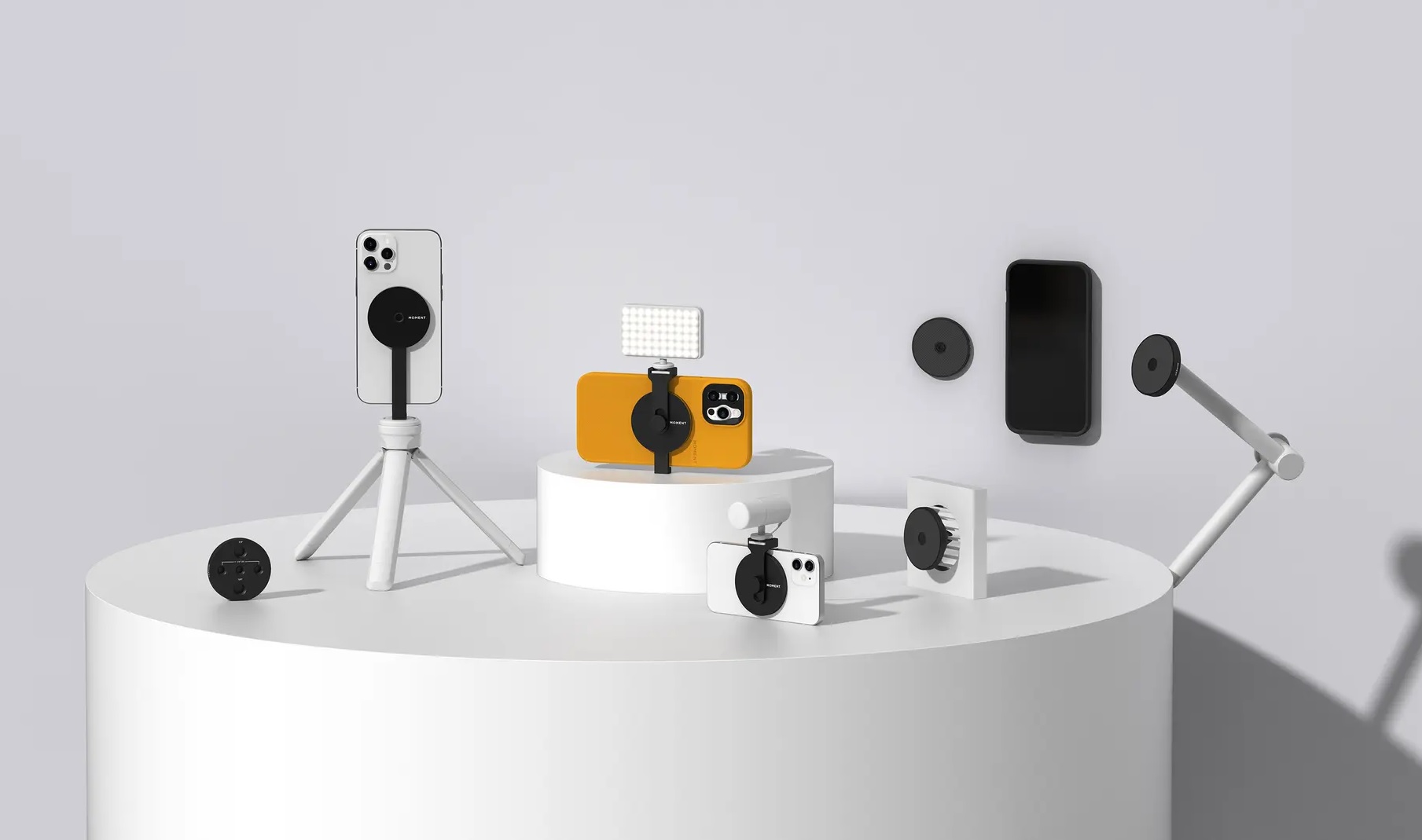Qi2 wireless charging to bring MagSafe tech to Samsung phones
Samsung, Apple and consumers all win if Qi2 wireless charging is done right

Samsung and Apple may be bitter smartphone-making rivals, but they may have just come together in what could be a massive win for consumers.
During CES 2023, the Wireless Power Consortium (WPC) announced that the Qi2 wireless charging standard is coming soon as it looks to unify wireless charging standards across devices. The new Qi2 charging standard should unify the Qi wireless charging standard — used by Samsung and others — with the MagSafe standard used by Apple on phones like the iPhone 14.
Apparently, this unification is thanks to Apple, which provided its MagSafe technology as the basis for this new Qi2 wireless charging standard. Because Qi2 uses the same magnetic charging technology that MagSafe uses, iPhones and Android Phones alike should work with the new Qi2 wireless chargers — at least according to WPC spokesperson Paul Golden’s comments to The Verge.
It's expected that Qi2 chargers will roll out in time for the 2023 holiday season, so look for those devices later this year.
Qi2 wireless charging winners: New MagSafe devices and consumers
The iPhone 15 lineup expected to launch in the fall should work with Qi2 since Apple's upcoming phones will almost certainly utilize MagSafe for wireless charging. In fact, this move could turn out to be a win for a lot of iPhone owners.

Currently, Qi wireless charging is limited to 50% speed on MagSafe devices, which is why my wife’s iPhone 13 Pro charges slower than my Samsung Galaxy S22 Ultra on the Samsung Qi-certified wireless chargers I have scattered throughout the house. Theoretically, the new Qi2 standard should allow iPhones to wirelessly charge at 100% speed on Qi2-certified chargers.
Consumers should also see other benefits down the road. WPC says that Qi2 should open up the possibility for wireless charging of devices without flat charging coils — namely smartwatches.
Sign up to get the BEST of Tom's Guide direct to your inbox.
Get instant access to breaking news, the hottest reviews, great deals and helpful tips.
Wireless charging pads for smartwatches can be a bit finicky for some wearables. My Samsung Galaxy Watch 4 Classic won’t charge on some of my older charging pads, and my wife’s Apple Watch won’t charge on any of them. Qi2 opens up the possibility of one charging pad that works with both our phones, smartwatches and wireless earbuds.
Qi2 wireless charging losers: Older phones and ultra-fast wireless charging
Unfortunately, since this standard won’t be released until later in 2023, flagship Android phones like the upcoming Samsung Galaxy S23 lineup and the newly announced OnePlus 11 probably won’t be compatible with the new standard out of the box. You may need to acquire a MagSafe adapter like with current Android phones for your phone to work with these new chargers.

But that isn’t even guaranteed to work. While future MagSafe devices appear to be locked in to be compatible with Qi2, current MagSafe devices aren’t. That’s because Qi2 borrows from MagSafe but technically isn’t MagSafe. This means that current MagSafe products, including any iPhone newer than the iPhone 12, aren’t guaranteed at this time to work with Qi2 chargers any differently than how they work with current Qi-certified chargers. In fact, if the magnets don’t quite line up, they may even work worse with the new chargers.
Another big loser is charging speed, which seems shocking at first. After all, the tighter magnetic connection should provide more efficient, faster charging speeds than current charging pads. The catch is, these new Qi2-certified charging pads will be initially limited to 15W — which is weak. Granted, it’s no weaker than the current Qi-certified wireless chargers and MagSafe chargers, but this should have been an opportunity for a leap forward.
Golden says WPC is working on a higher power level for future Qi2 chargers, but there is no time frame for when that might be.
Qi2 wireless charging outlook: Overall, a win for everyone
Despite some potential shortcomings and disappointments, Qi2 wireless charging seems like a big win for everyone. We may finally get universal wireless charging pads for the top phones on the market, and down the road, they may even work with smartwatches, tablets, iPads, Kindles, and so on. This may even give Apple the opportunity to develop a portless iPhone, though it remains to be seen if that will be good for consumers if it happens.

Additionally, I think this could still have benefits for older MagSafe devices, even though that is far from set in stone. Apple is a key driver of the WPC that developed the Qi2 standard, and it would be odd for the company to develop that technology and have things work worse for its own devices. At worse, I expect Qi2 to work like Qi in terms of charging MagSafe devices, though I am hopeful they will get a charging speed boost. This feels like a rare opportunity for everyone to win and it seems odd that Apple would drive this decision only to derail it out of a desire to sell outdated chargers.
Excited to see what other cool tech is announced at CES 2023? Make sure to follow our CES 2023 coverage for all the biggest announcements so far.

Malcolm has been with Tom's Guide since 2022, and has been covering the latest in streaming shows and movies since 2023. He's not one to shy away from a hot take, including that "John Wick" is one of the four greatest films ever made.
